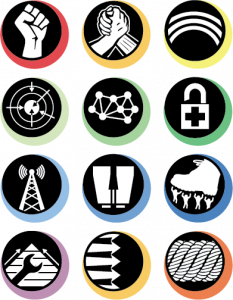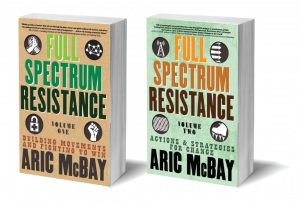When the people from Grassy Narrows visited our conference, they did so as part of a broader public awareness campaign. In the years since I met them they dealt with worsening logging on their lands, with the continued (and worsening) legacy of mercury poisoning, and with the closure of fishing areas.
The community has often been under boil water advisories because of contaminated water. This is not an uncommon problem: at this writing there are 122 Indigenous communities in Canada which lack safe drinking water, many for well over a decade. In some the water is simply too toxic to consume even if it has been boiled, and bottled water must be shipped in. The government claims that it is too expensive to fix the water supply in sometimes remote areas. But how many millions and billions of dollars’ worth of lumber, oil, and other resources have been extracted from these “remote areas” without Indigenous permission or compensation?
Grassy Narrows spent decades trying to address worsening assaults on their community and land by raising public awareness and lobbying. They had meetings with the government, protests, petitions, letter writing, and legal challenges. They got no substantive response.
So they turned to direct action. In 2002, they set up a blockade on the biggest logging road into their territory. And it worked. Joe Fobister, a trapper and community activist from Grassy Narrows, explains: “I’m through with begging. My people have been begging for the last 130 years, since the treaty was signed, and it hasn’t gotten them anything. And they’ll continue to get nothing. . . . I believe we have power . . . when we take our fight off the reserve boundary and take it out on the land, nobody, not the government, has intervened. So that’s the message: they’re afraid of us.”13
Initially, logging companies Abitibi and Weyerhaeuser continued to log by accessing other roads. So the people of Grassy Narrows used temporary rotating blockades on those other roads as well. By 2008 the community had successfully stopped all outside logging on their territory. And the action had direct economic impact on the logging companies responsible for clear-cutting their land. The newspaper of the nearby mill town Kenora (the Daily Miner) described the situation in late 2010: “Since 2002, the pulp mill at Kenora has died and been demolished. The stud mill has been idled indefinitely and the Weyerhaeuser plant continues to hang on by its fingernails, as it struggles with the collapse of the American housing market, as well as uncertainties with its wood suppliers.”14
The Grassy Narrows blockade, still in place, is now the longest-running Indigenous anti-logging blockade in Canada’s history.15 Direct action works.
The left can learn a lot from that, but it had better learn fast.


